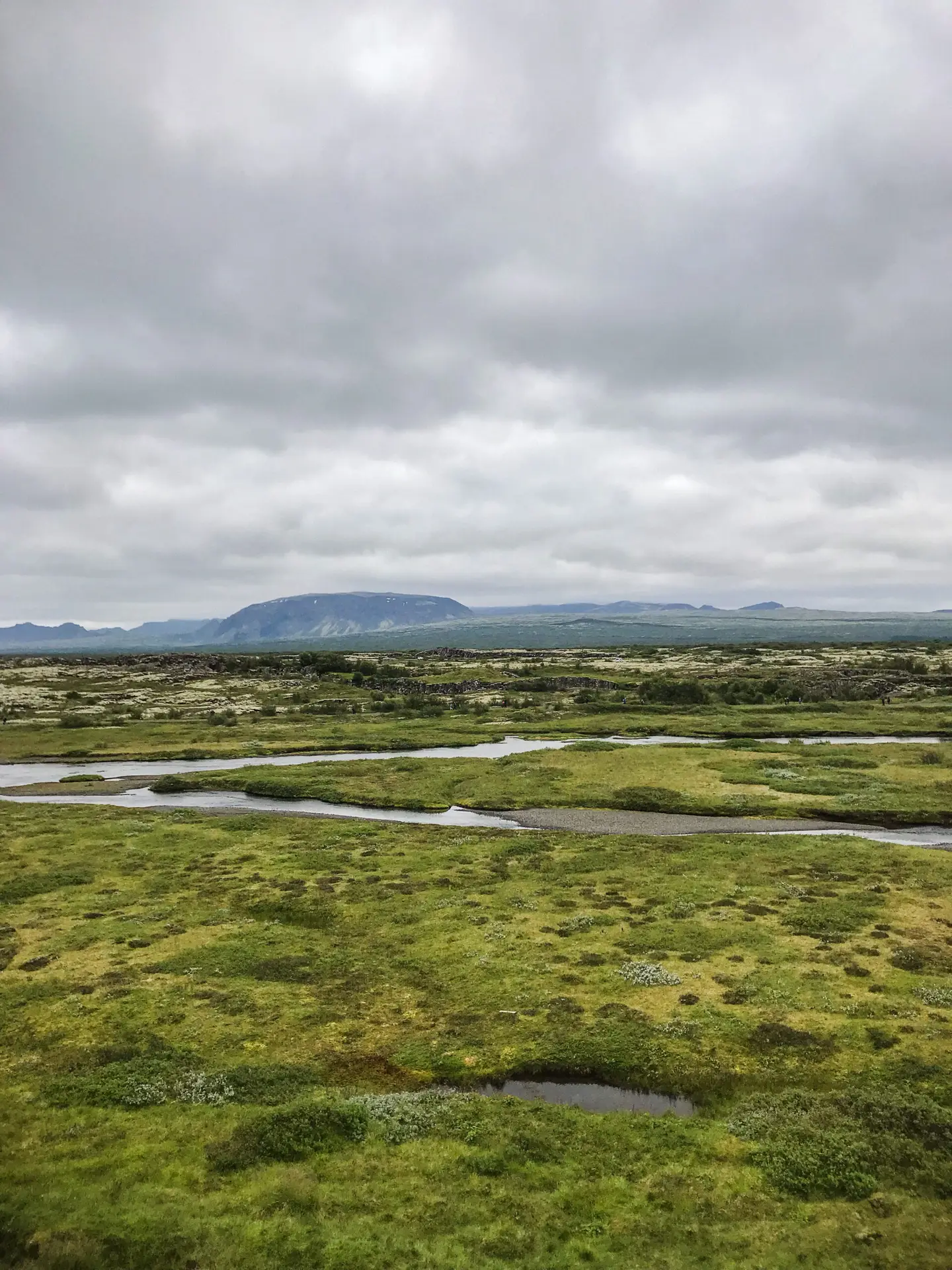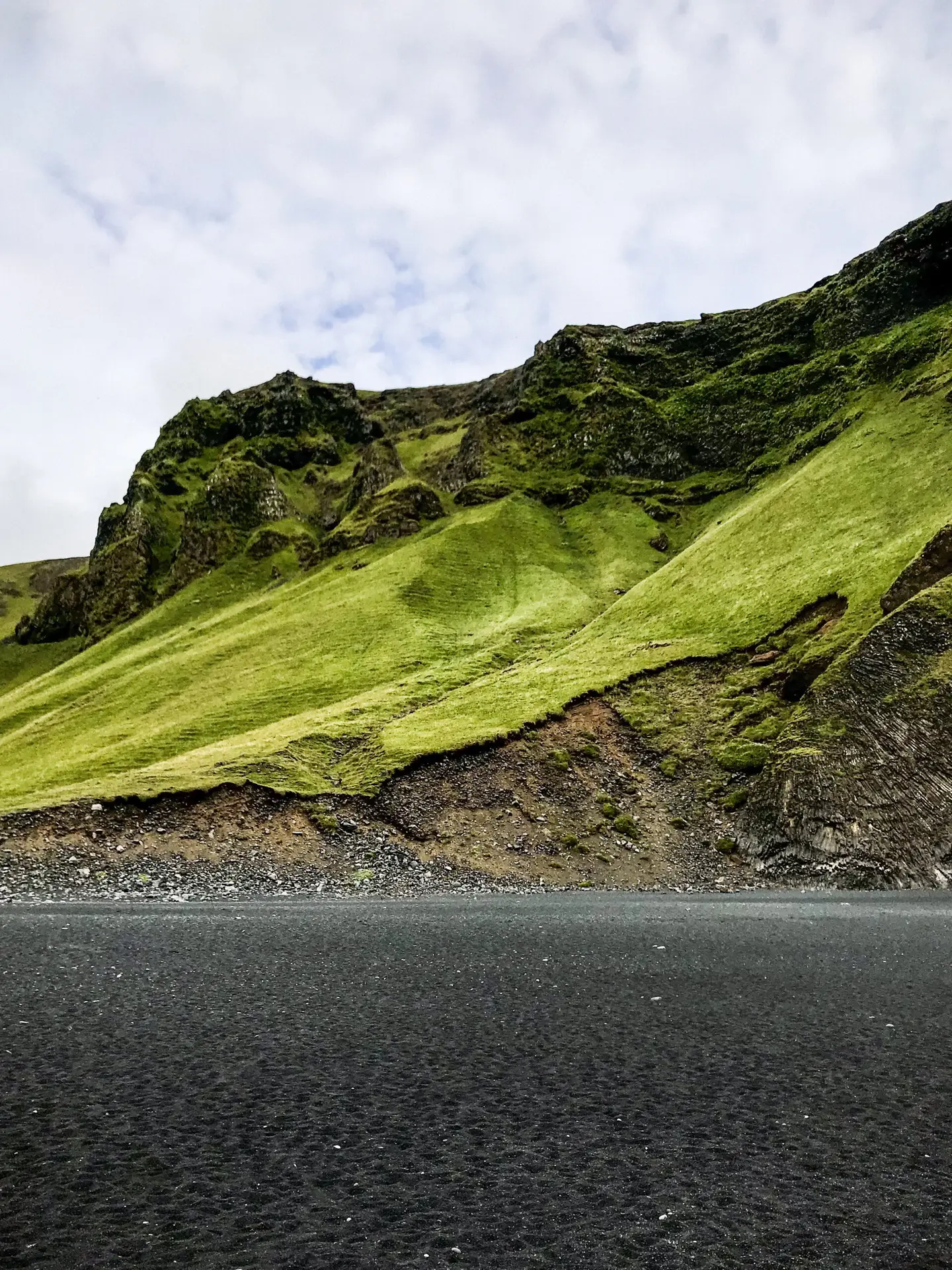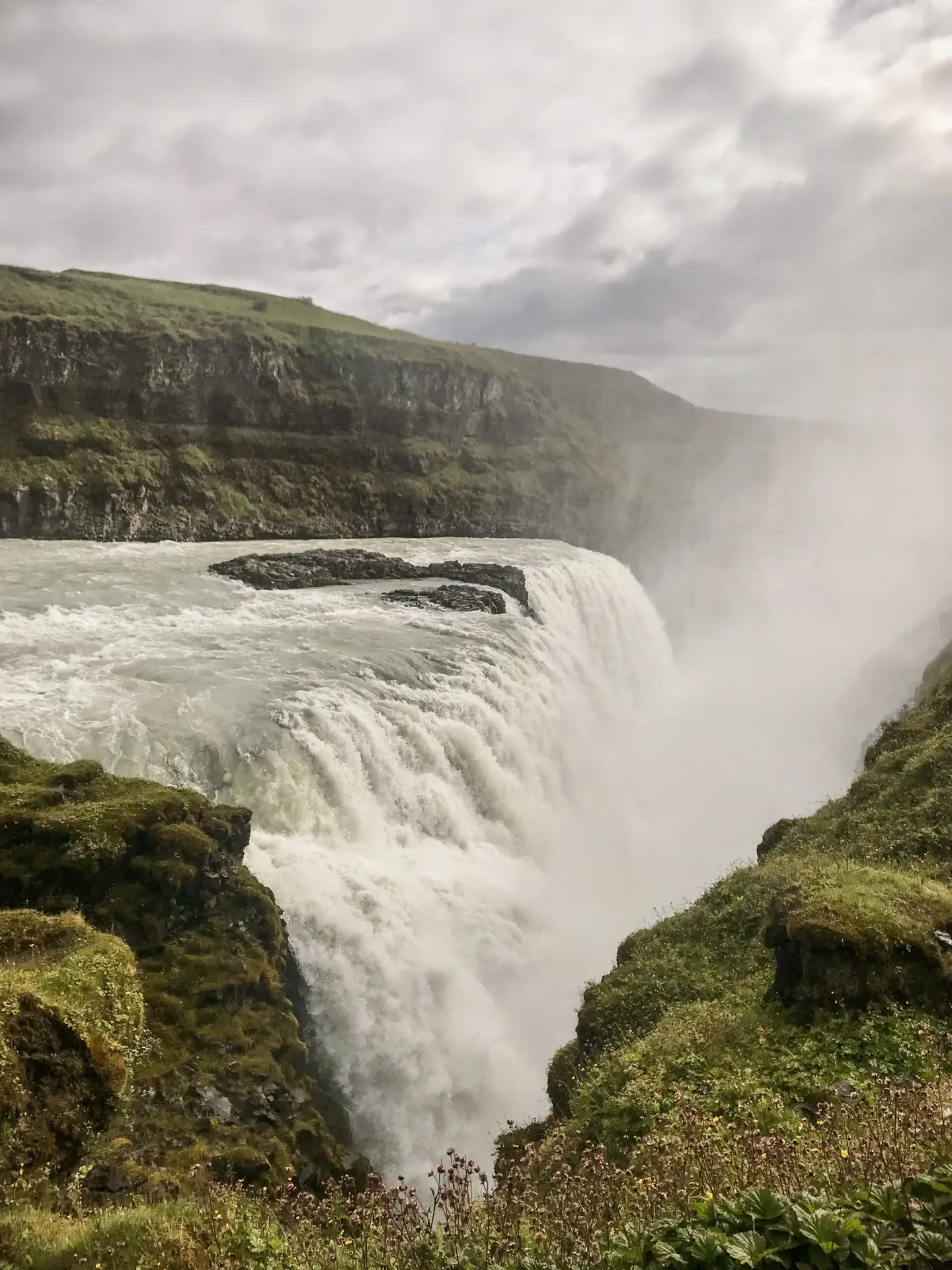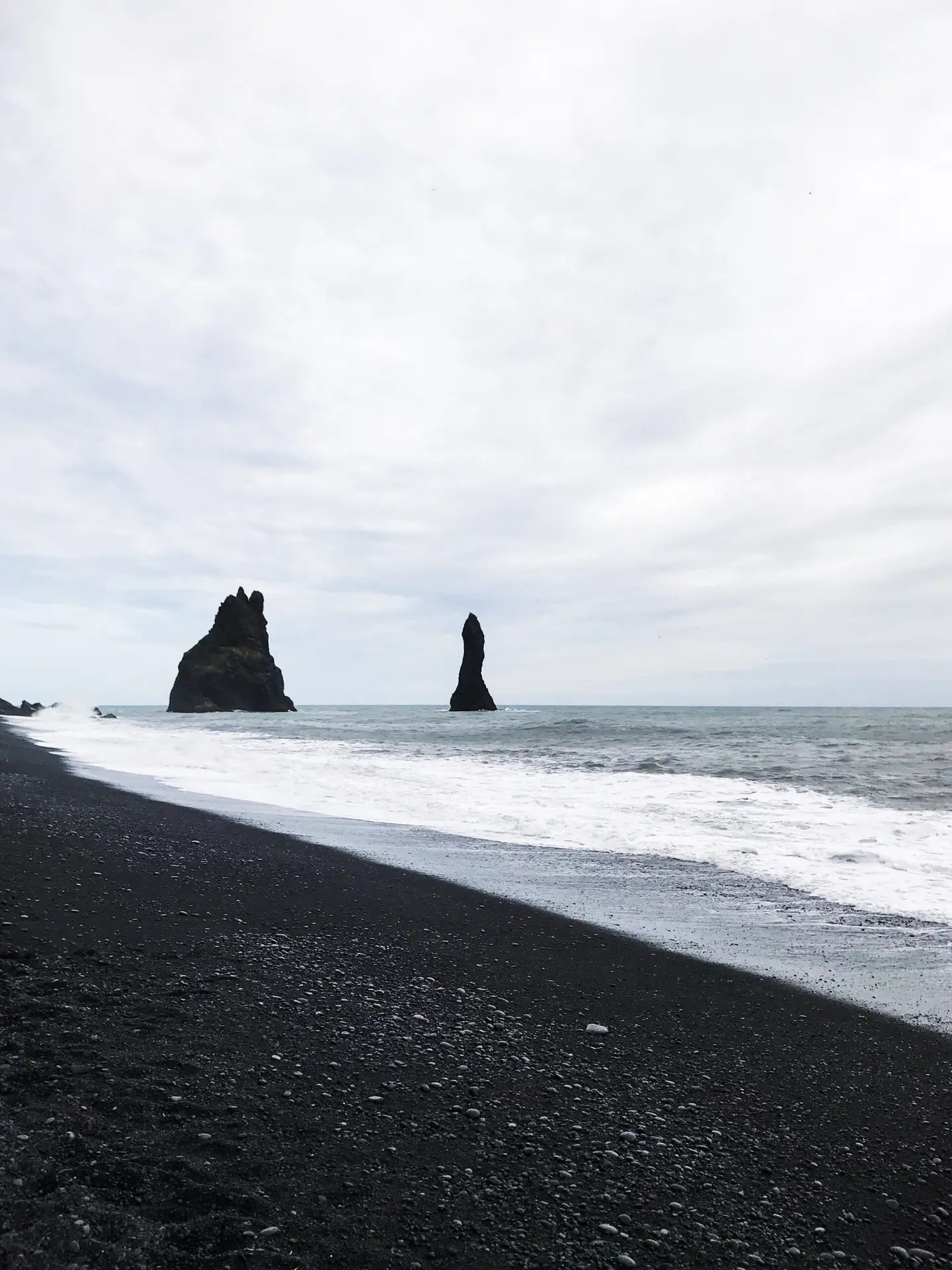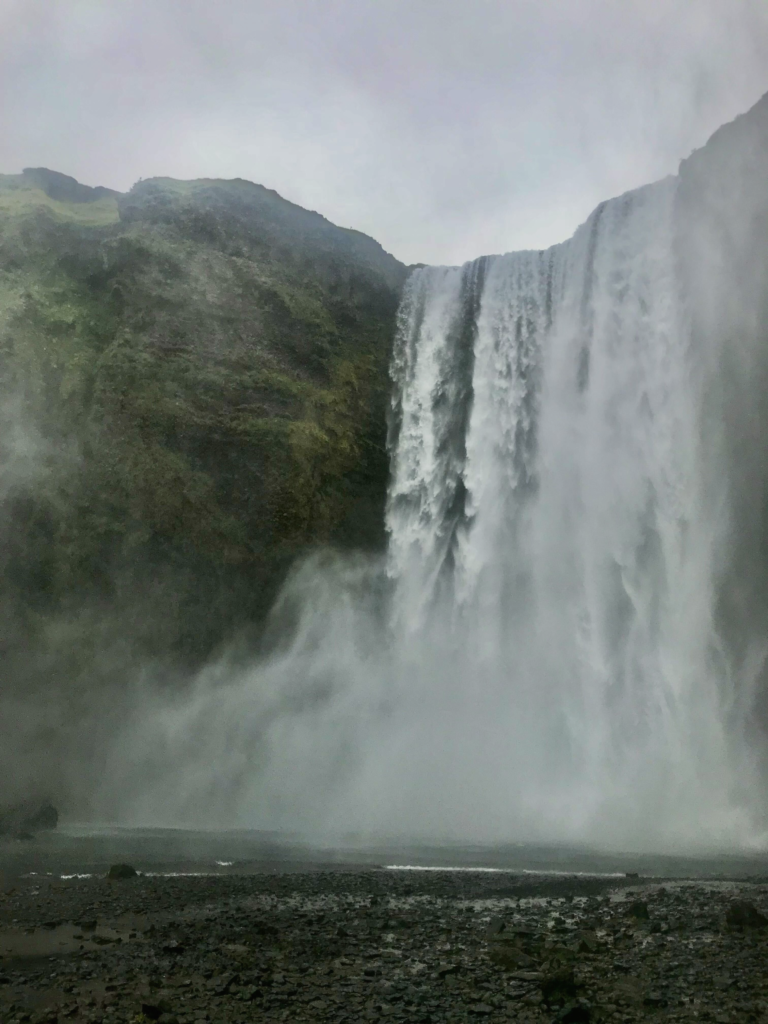Let’s explore Iceland!
The volcano island and the country, located in the northern Atlantic Ocean, is famous for its hotsprings and dramatic landscapes. The country is small and one of the most sparsely populated in the world with only 377 thousand inhabitants.
Iceland doesn’t have its own McDonald’s and the country has no mosquitoes thanks to the low temperatures. Iceland has multilpe glaciers, the most famous one being Eyjafjallajökull, and it is estimated that the country has around 10 000 waterfalls. For a nature experience beyond the ordinary Iceland is the perfect country to travel to.
Currency
The currency in Iceland is icelandic krónur (ISK).
Language
In Iceland the people speak Icelandic.
Capital
The capital in Iceland is Reykjavik.
Visa
Countries within EU/EFTA and the U.S. do not need a visa for stays under 90 days.
Tip
Check driving time and conditions before heading out on the roads to explore Iceland.
Iceland in the Travel Blog
When is the best time to visit and explore Iceland?
You might believe Iceland is very cold due to its northern location and the name, but the fact is large parts of the country has a relatively stable temperature year around. Although, it is a bit colder than the rest of Europe. During the winter months the temperature is mostly around 0°C and during summer it is around 12°C. However, the northern parts of the country can be a bit colder with temperatures below zero during the winter, in combination with snow. In general, Iceland is a rainy country where it falls around 25–50 mm rain per month. Almost every day contains one or two drops of rain. Since the weather is similar all year around there is not a big difference in when you want to explore Iceland, even if there is one period of time that is a little bit better.
The summer months are the most popular time to visit Iceland and that for a reason. The days are long and bright and even though the weather in Iceland is unstable and cool all year around it is the best during summer. Because of this the majority of Iceland’s tourism is during this season and you have to be ready for sharing some attractions and nature experiences with others.
Fall, winter and early sprin is the best time to visit Iceland to see the northern lights. The weather is quite bad during this season and the days are shorter and darker. The best months to see northern lights are February, March, September and October.
The spring is in general a bit more uneventful time to visit Iceland. The weather is still a bit unstable and rainy and the chances of seeing the northern lights decreases compared to the winter months. However it is starting to get brighter during the days and there are not as many tourists in the country, so if you do not care about the weather and the northern lights, this can be a good time to visit Iceland.
